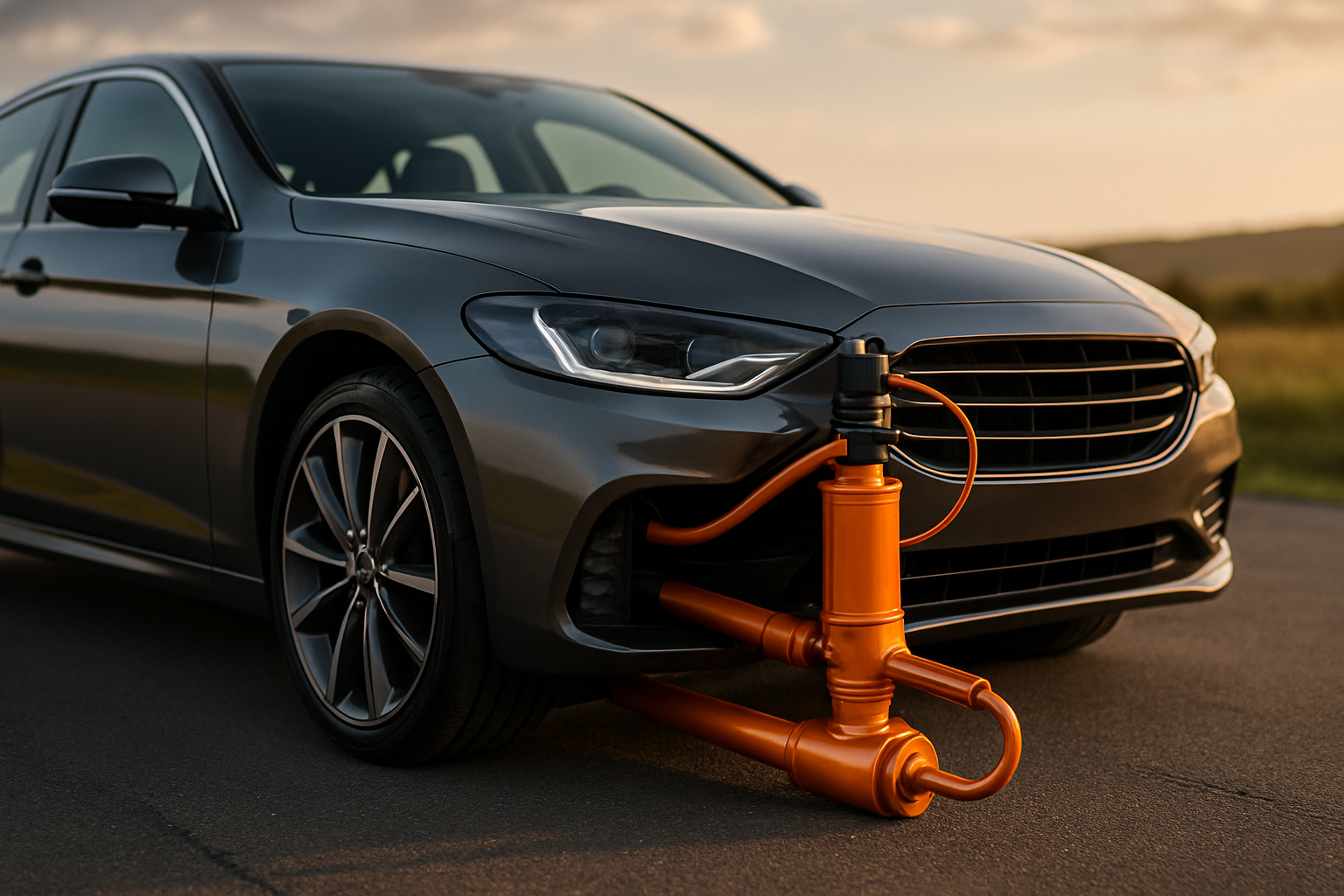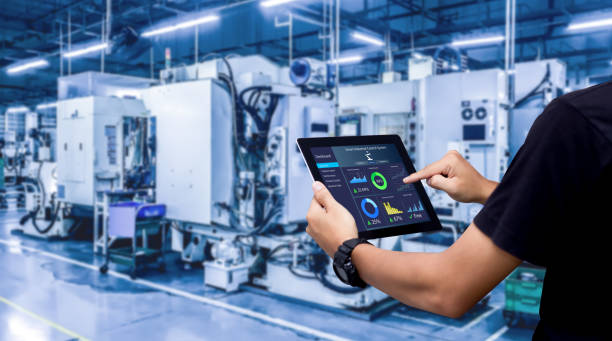Pneumatic Suspension: The Future of Adaptive Ride Comfort
Imagine gliding down the highway, your vehicle effortlessly absorbing every bump and undulation in the road. As you approach a winding mountain pass, your car automatically lowers its stance, hugging the curves with precision. This isn't science fiction; it's the reality of pneumatic suspension systems, a technology poised to revolutionize the way we experience automotive comfort and performance.

The Mechanics Behind Pneumatic Suspension
At its core, a pneumatic suspension system replaces traditional steel springs with flexible air springs or bellows. These air springs are typically made of durable rubber and are filled with compressed air. The system includes an onboard air compressor, air reservoir, and a network of sensors and electronic controls that work in harmony to adjust the air pressure within each spring.
The beauty of this system lies in its ability to instantly alter the vehicle’s ride height and stiffness. By increasing or decreasing air pressure, the suspension can raise or lower the vehicle, as well as adjust its firmness. This adaptability allows for optimal performance across various driving conditions, from smooth highways to rough terrain.
Advantages Over Traditional Suspension Systems
Pneumatic suspension offers several key advantages over conventional steel spring or coil-over setups. First and foremost is the unparalleled ride comfort it provides. The ability to adjust air pressure on the fly means the suspension can soften for a plush ride on rough roads or firm up for improved handling during spirited driving.
Another significant benefit is the system’s self-leveling capability. Regardless of passenger or cargo load, pneumatic suspension can maintain a consistent ride height, ensuring optimal aerodynamics and handling characteristics. This feature is particularly valuable for vehicles that frequently carry heavy loads or tow trailers.
Real-World Applications and Performance Benefits
In the realm of high-performance vehicles, pneumatic suspension is proving its worth on both the street and track. Many modern supercars utilize air suspension to achieve the best of both worlds: a comfortable ride for daily driving and a lowered, track-ready stance for maximum performance when needed.
For off-road enthusiasts, pneumatic suspension offers unprecedented versatility. With the ability to increase ground clearance at the push of a button, drivers can easily navigate challenging terrain without compromising on-road comfort and handling. This adaptability makes air suspension an increasingly popular choice for luxury SUVs and overlanding vehicles.
Challenges and Future Developments
While pneumatic suspension technology has made significant strides, it’s not without its challenges. The complexity of these systems can lead to higher maintenance costs and potential reliability issues compared to traditional suspension setups. Additionally, the added weight of the compressor and air tanks can impact vehicle efficiency, although manufacturers are continuously working to minimize these drawbacks.
Looking to the future, we can expect to see further refinements in pneumatic suspension technology. Integration with advanced driver assistance systems and vehicle-to-vehicle communication could allow for predictive suspension adjustments based on upcoming road conditions or driving scenarios. Furthermore, the development of more compact and efficient air compressors will likely reduce the system’s weight and energy consumption.
The Road Ahead for Pneumatic Suspension
As automotive technology continues to evolve, pneumatic suspension stands out as a game-changer in the pursuit of the perfect balance between comfort and performance. Its ability to adapt to various driving conditions and user preferences makes it an ideal fit for the increasingly diverse and demanding automotive landscape.
From luxury cruisers to high-performance sports cars, and from daily drivers to off-road adventurers, pneumatic suspension is poised to redefine our expectations of what a vehicle’s ride and handling can be. As the technology matures and becomes more widely adopted, we can look forward to a future where every journey is smoother, more controlled, and tailored to the driver’s exact preferences.
The pneumatic suspension revolution is well underway, promising a new era of adaptive ride comfort that will transform the driving experience for enthusiasts and everyday commuters alike. As we move forward, this innovative technology will undoubtedly play a crucial role in shaping the future of automotive engineering and performance.




